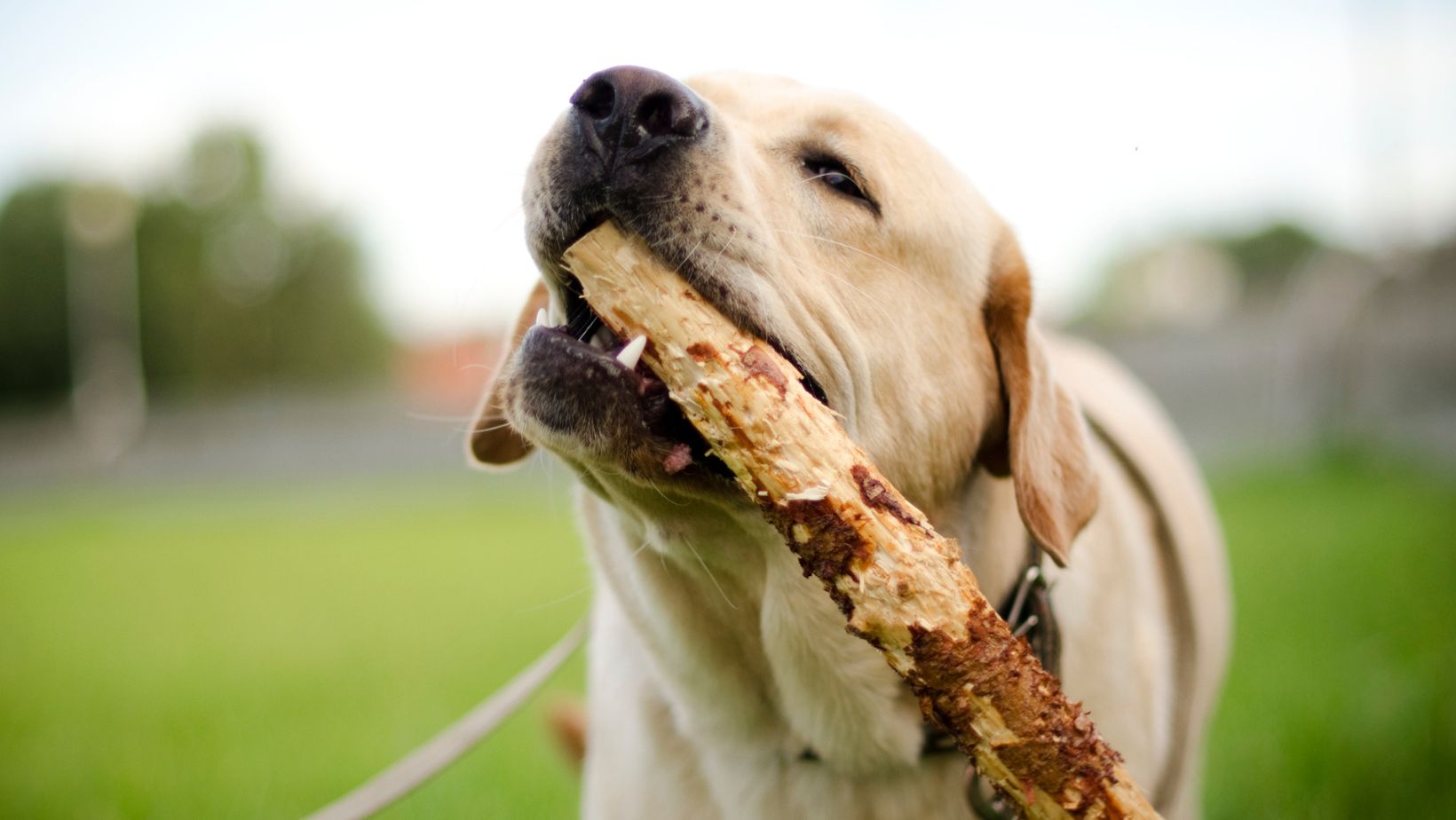Training a dog to walk on a leash can be an essential skill for both pet owners and their furry friends. One popular breed that often benefits from leash training is the Labrador Retriever. In this article, I’ll share some effective tips on how to train a Labrador to walk politely on a leash.
How to Train a Dog to Walk on a Leash
Here are some key factors to consider when choosing the perfect leash and collar for your furry friend:
- Size and Material: Ensure that the leash is appropriate for your Labrador’s size and strength. Opt for a sturdy material such as nylon or leather that can withstand pulling without causing discomfort or breaking easily.
- Length: The length of the leash plays a crucial role in maintaining control during walks. A standard leash length of 4-6 feet allows enough freedom for movement while keeping your dog within reach. However, if you’re working on training commands like “heel,” a shorter leash may provide better control.
- Type of Collar: There are various types of collars available, each with its own advantages and considerations. Some popular options include flat collars, martingale collars, head halters, harnesses, and choke chains. Consider factors like comfort, effectiveness in controlling pulling behavior, and suitability based on your dog’s breed and temperament.
Remember, every dog is unique, so it may take some trial and error to find the perfect combination of leash and collar that works best for your Labrador retriever. Always supervise them closely during walks with any new equipment to ensure their safety.
By selecting the right leash and collar combination tailored specifically for your Labrador’s needs, you’ll be setting them up for success in learning how to walk on a leash with ease and comfort.

Getting Started with Basic Commands
When it comes to training a dog to walk on a leash, establishing a solid foundation of basic commands is crucial. These commands not only help in controlling your dog’s behavior during walks but also enhance the overall training process.
In this section, I’ll guide you through the initial steps of teaching your Labrador how to respond to basic commands.
- Start with Sit: The first command you should introduce is “sit.” Begin by holding a treat close to your dog’s nose and move it upwards. As their head follows the treat, their bottom will naturally lower into a sitting position. Once they are fully seated, say “sit” and reward them with the treat and praise. Practice this command in various locations until your Labrador can sit reliably on command.
- Introduce Stay: Building on the sit command, teaching your dog to stay will help prevent them from pulling or lunging while walking on a leash. After commanding them to sit, take a step back while showing an open palm towards them and say “stay.” If they remain seated without moving for a few seconds, return and reward them with treats and praise. Gradually increase the duration of stay before giving rewards.
- Teach Heel: Heeling is an important command for leash walking as it encourages your Labrador to walk calmly beside you rather than pulling ahead or lagging behind. To teach heel, hold treats by your side and encourage your dog to walk next to you using verbal cues like “heel” or “let’s go.” Reward them when they maintain the desired position consistently during short practice sessions.
Remember to keep training sessions short, positive, and consistent. Use rewards such as treats, praise, or a favorite toy to motivate your Labrador during the learning process. Additionally, always use a sturdy leash and harness that fits properly to ensure both control and comfort for your dog.
By focusing on these basic commands – sit, stay, heel, and recall – you’ll establish a solid foundation for leash training your Labrador. With patience, consistency, and positive reinforcement techniques, you’ll soon be enjoying pleasant walks with a well-behaved companion by your side.